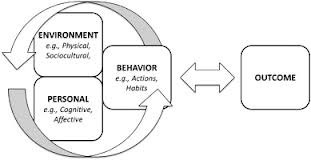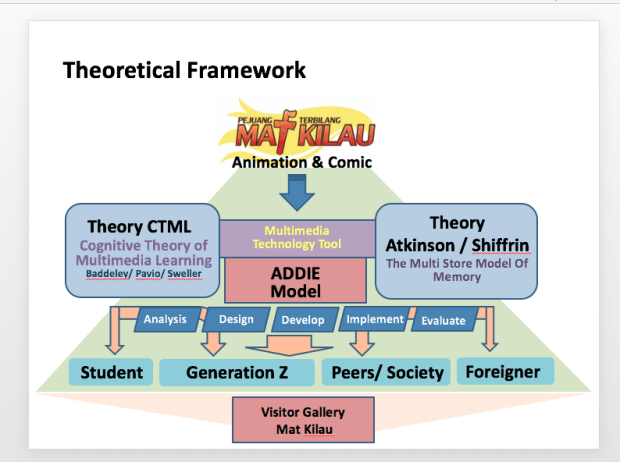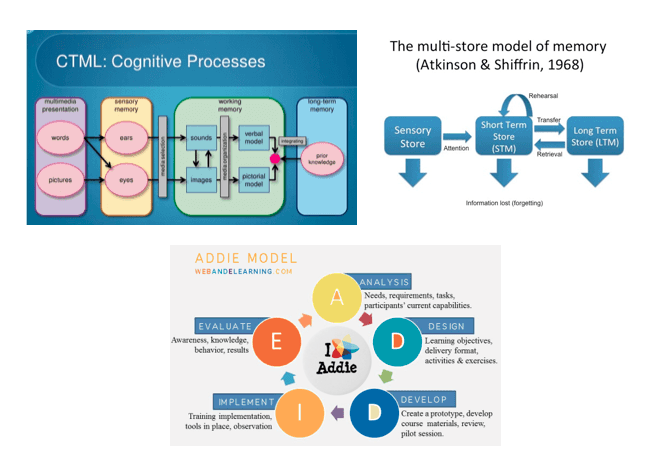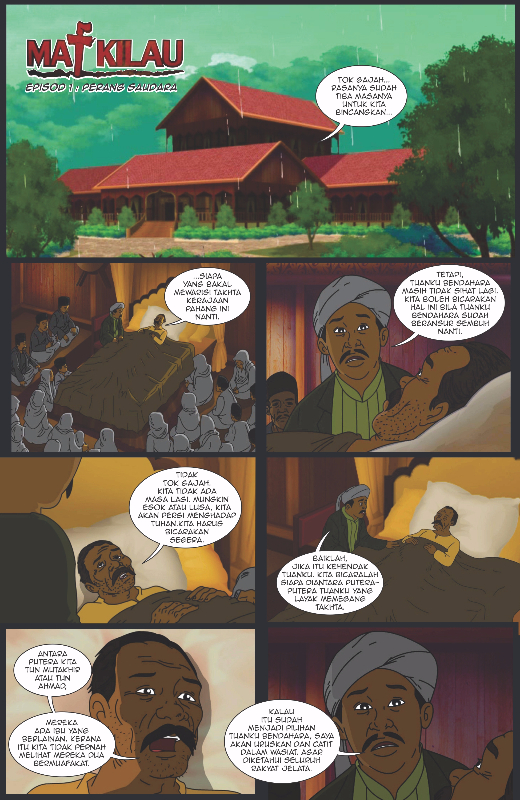Differentiate theoretical framework and conceptual framework
As researchers we need an evidence to state and explain the research stages. Not only by guessing. Evidence need empirical data, whether quantitative data or qualitative data. Before understanding the theoretical framework and conceptual framework, it is necessary first to understand the abstract concepts and variables to build measurement tools will move to the operational stage of the measurement.
The study will first begin with a theoretical framework, then a new conceptual framework and the operational measurement can be insert. Theoretical can be explained through the use of theories and models appropriate studies and can explain the abstract concept study. Then the conceptual framework can be established. The conceptual framework can be described in terms of a conceptual hypothesis in quantitative research.
For example, a study on the effects of animation on children’s behavior. Theoretical framework is using the appropriate media effects theory as social cognitive theory.

Level conceptual framework is to explain the relationship between abstract concepts in the form of a hypothesis. So, the concept of television viewing effect can be explained in several forms such as the impact on behavior, the impact on the thinking, the effect on the emotions and feelings.

Usually researchers use both theoretical framework and conceptual framework. For example, rather than some theoretical studies that can form the conceptual framework used in describing some hypothetical variable selection. Whereas qualitative research is focused on the study hypothesis and variables.
References
http://classroom.synonym.com/difference-between-conceptual-theoretical-framework-8769890.html
Theoretical framework

The design development and evaluation of Mat Kilau animation for lower secondary school student
A theoretical framewok been produced to assist researchers to study more effectively. The researcher have structured two educational theories and one Instructional Design models appropriate with the studies and research. The theories and ID model choosen have been effective in the world of education. In this theoretical framework, The animation and comic of Mat Kilau is on the top level of and down into the multimedia technology tool. Multimedia technology tool is a medium or platform so that the initial production to delivery to the user media such as computer and television. To strengthen the education research pivoted two renowned educational theory will be used. The first is of Cognitive Theory of Multimedia Leaning (CTML) incorporates several concepts from both the science of learning the findings by Baddeley, Pavio and Weller. The second theory is the theory of the multi-store model of memory by Atkinson and Shiffrin. Both cognitive psychologists have managed to explain how the device and its human thought processes that occur in a clear, logical and simple. They both theory known as the theory of information processing. This theory has been widely used, including in education and computers.

To develop the animation and comics as research material, ADDIE model was used and leveraged to get the best prototype is to get the response and data from research work. This model is most often used in applying the Instructional Design in the learning process. So it is sometimes synonymous with the ADDIE Instructional Design. There are five stages in this model, Analysis, Design, Develop, Implement, Evaluation. Next below the main respondents were identified, namely students, z-generation society, the Society and tourists. The focus of the study is the focus location in the gallery Mat Kilau in Pahang. There, all data will be collected and analyzed to answer the problem and achieve the objectives.
Behaviorism
The deifinition
Behaviorism is a worldview that operates on a principle of “stimulus-response.” All behaviour caused by external stimuli (operant conditioning). All behaviour can be explained without the need to consider internal mental states or consciousness.
CONTRIBUTORS
- John B. Watson
- Ivan Pavlov
- B.F. Skinner
- E. L. Thorndike
- Albert Bandura
COGNITIVE
The definition
The Cognitive Learning Theory explains why the brain is the most incredible network of information processing and interpretation in the body as we learn things. This theory can be divided into two specific theories: the Social Cognitive Theory (SCT), and the Cognitive Behavioural Theory (CBT).
When we say the word “learning”, we usually mean “to think using the brain”. This basic concept of learning is the main viewpoint in the Cognitive Learning Theory (CLT). The theory has been used to explain mental processes as they are influenced by both intrinsic and extrinsic factors, which eventually bring about learning in an individual.
CONTRIBUTORS
- Jean Piaget
- Lev Vygotsky
- Robert Gagne
- David Ausubel
- Jerome Brunner
CONSTRUCTIVISM
Constructivism as a paradigm or worldview posits that learning is an active, constructive process. The learner is an information constructor. People actively construct or create their own subjective representations of objective reality. New information is linked to to prior knowledge, thus mental representations are subjective.
CONTRIBUTORS
- Lev Semyonovich Vygotsky (1896 – 1943)[1]
- Jean Piaget (1896 – 1980)[2]
- John Dewey (1859 – 1952)
- Jerome Seymour Bruner (1915 – 2016)
MatKilau: Reconceptual Art, History and Education Trough Animation

13 episode x 20 minute animation

Comic Cover

Mat Kilau Comic